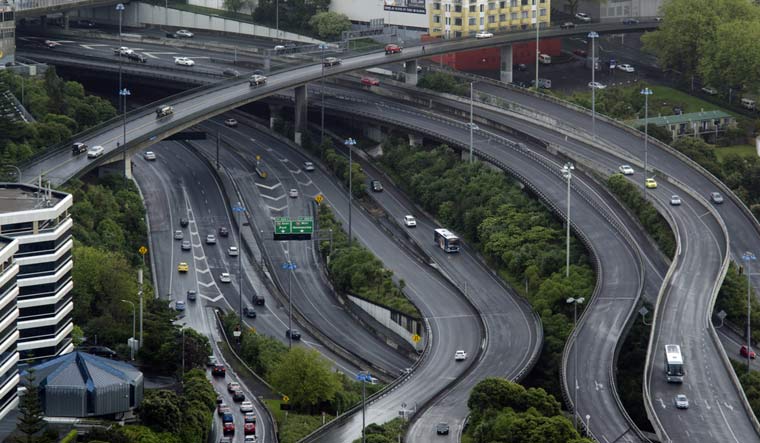
AI-backed intelliegt transport system can manage road infrastructure using Google Street View
Scientists have developed a new artificial intelligence (AI) based system to monitor street signs needing replacement or repair by tapping into Google Street View images.
The fully-automated system developed by researchers at RMIT University in Australia is trained using AI-powered object detection to identify street signs in the freely available images.
Municipal authorities currently spend large amounts of time and money monitoring and recording the geolocation of traffic infrastructure manually, a task which also exposes workers to unnecessary traffic risks, researchers said.
According to the study, published in the journal of Computers, Environment and Urban Systems, the model detects signs with near 96 per cent accuracy.
It identifies their type with near 98 per cent accuracy and can record their precise geolocation from the two-dimensional (2D) images.
The proof-of-concept model was trained to see 'stop' and 'give way' signs, said Andrew Campbell, from RMIT University.
However, it could be trained to identify many other inputs and is easily scalable for use by local governments and traffic authorities.
"(Municipal authorities) have requirements to monitor this infrastructure but currently no cheap or efficient way to do so," Campbell said.
"By using free and open source tools, we've now developed a fully automated system for doing that job, and doing it more accurately," he said.
The team found that mandatory global positioning system (GPS) location data in existing street sign databases was often inaccurate, sometimes up to 10 metres off.
"Tracking these signs manually by people who may not be trained geoscientists introduces human error into the database.
"Our system, once set up, can be used by any spatial analyst -- you just tell the system which area you want to monitor and it looks after it for you," Campbell said.
"This imagery is critical for local governments in monitoring and managing assets and with the huge amount of geospatial applications flourishing, this information will only become more valuable," said Chayn Sun, RMIT geospatial scientist and project co-lead.
"Ours is one of several early applications for this to meet a specific industry need but a whole lot more will emerge in coming years," Sun said.
The footage from other sources, like that from rubbish truck cameras or any other geo-referenced imagery of the road network collected by municipal authorities, could also be fed into the system, Sun said.
"Where footage is already being gathered, our research can provide councils with an economical tool to drive insights and data from this existing resource," she said.

No comments:
Post a Comment